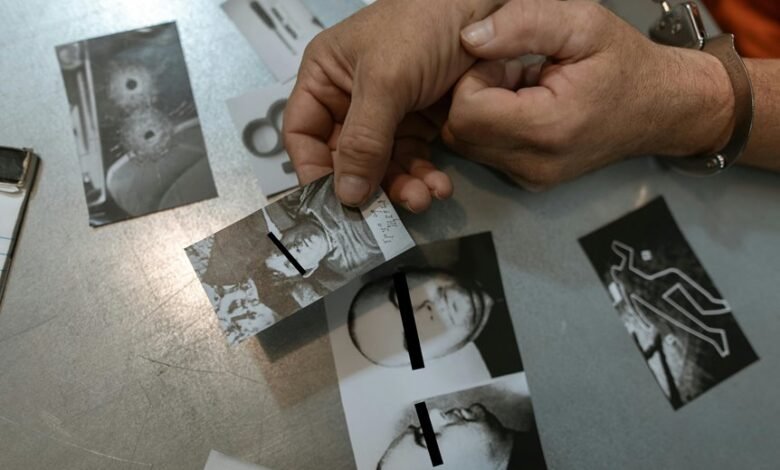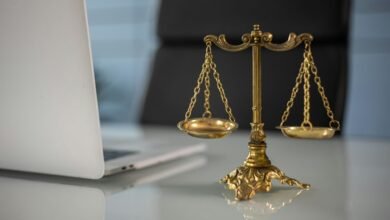Photoacomapnha: O Papel das Imagens no Processo Judicial

Images have become a pivotal element in the judicial process, transcending traditional evidence to influence public perception and legal outcomes. Their strategic use in campaigns can evoke emotional responses and foster societal engagement, yet also raise concerns about manipulation and authenticity. As technology advances, the boundaries of visual influence expand, prompting critical examination of their role in justice. Understanding this complex interplay is essential for assessing how images shape legal narratives and accountability.
The Use of Visual Evidence in Legal Proceedings
How significant is visual evidence in shaping judicial outcomes? Forensic analysis and image authentication are crucial in establishing the authenticity and reliability of photographic evidence. Precise evaluation ensures that images influence verdicts accurately, safeguarding justice.
When scrutinized with rigor, visual evidence becomes a powerful tool, emphasizing the need for meticulous verification processes to uphold fairness and prevent wrongful convictions.
Impact of Public Awareness Campaigns Through Photos
Public awareness campaigns leveraging photographic imagery have become a pivotal strategy in shaping societal perceptions and prompting behavioral change.
By harnessing emotional impact, these images influence jury persuasion and public opinion, effectively mobilizing collective action.
The strategic use of compelling visuals enhances the campaign’s authority, fostering a deeper understanding and facilitating societal shifts toward justice and accountability.
Technological Advances and the Future of Image-Based Justice
Recent technological advancements are transforming the landscape of image-based justice, offering new tools for verification, analysis, and dissemination of photographic evidence. Digital forensics and AI image analysis enhance credibility, detect manipulation, and streamline evidence evaluation.
These innovations empower justice systems to uphold transparency and accuracy, reinforcing the fundamental right to substantive truth and fair proceedings.
Conclusion
In sum, images serve as both mirrors and windows within the judicial landscape, reflecting truth while opening societal understanding. Their strategic deployment amplifies awareness, influences perceptions, and fosters accountability—transforming abstract legal concepts into tangible realities. As technology propels these visual tools forward, their role in shaping justice becomes increasingly profound, underscoring the essential balance between ethical responsibility and innovative potential. Ultimately, images stand as silent yet compelling witnesses to the pursuit of justice’s enduring quest.







